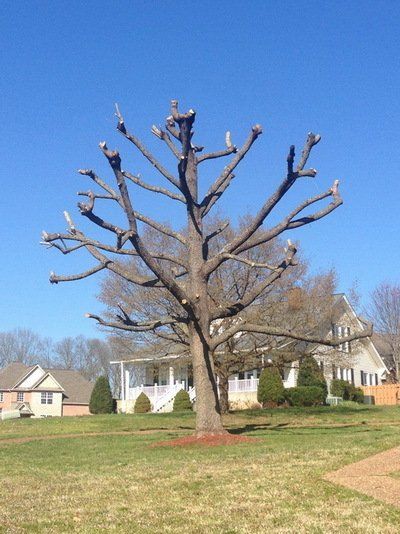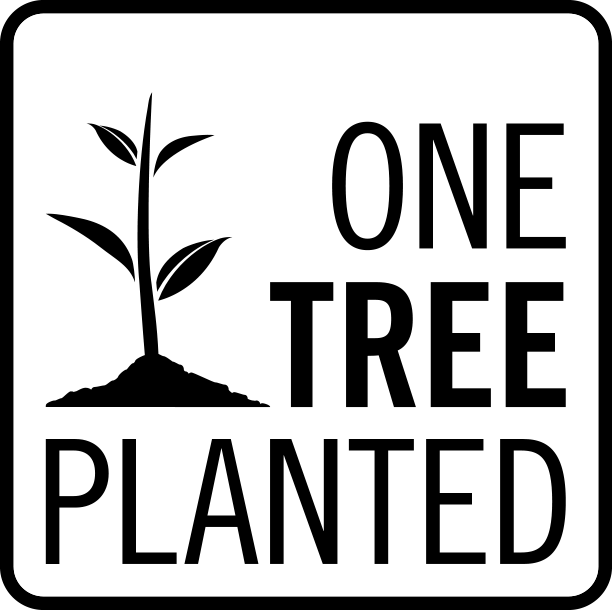Certified Specialist
Call Us Today!
Why Tree Topping Does Not Work
What is Tree Topping?
“Tree Topping" is the process of reducing branches to stubs or making the existing branches too weak to be terminal (the fundamental branches where all growth occurs). Tree topping, in general, is used to reduce the overall size of the tree, but its effects can be detrimental.

Why is it bad?
Tree topping puts a tremendous amount of stress on the tree and its existing branches. Due to the unnecessary removal of branches, new growth must work overtime in order to find a good location to sprout. Additionally, because leaves are the “food” of the tree, removing them through topping results in starvation, and no one likes a starving tree. Another negative effect of topping is the increased likelihood of diseases. When branches are removed, the tree essentially maintains “wounds” where diseases have the prime opportunity to rampantly spread. In summary, if a tree has little to no space for new growth, a diminished leaf count, and develops diseases, there is an increased chance of the tree dying which will ultimately cost more for removal.
What can be done instead?
I’m glad you asked! Not only do we offer alternatives to tree topping that can save you money, but these methods will result in happy, healthy trees (and who doesn’t love a happy tree). “Crown cleaning” is the process of removing dead and diseased branches in order to make way for new growth. “Crown thinning” is a similar process, however it includes the removal of carefully selected branches to allow additional light and wind movement to penetrate the tree. Another alternative to topping is “raising”, which refers to raising the canopy by removing the lower branches to provide more useable space under the tree. With all these great and cost-effective alternatives, tree topping just doesn’t make sense. Contact us today to see which method would most benefit not only your trees, but your wallet too.
2233 Bellemont-Alamance Road
Burlington, NC, 27215
- Mon - Fri
- -
- Sat - Sun
- Closed
24/7 Emergency Service Available
2233 Bellemont-Alamance Road
Burlington, NC, 27215
- Mon - Fri
- -
- Sat - Sun
- Closed
24/7 Emergency Service Available
Certified Specialist
Service Areas
Serving North Carolina
Alamance County | Chatham County | Durham | Forsyth | Guilford County | Orange County | And All Other Surrounding Counties


